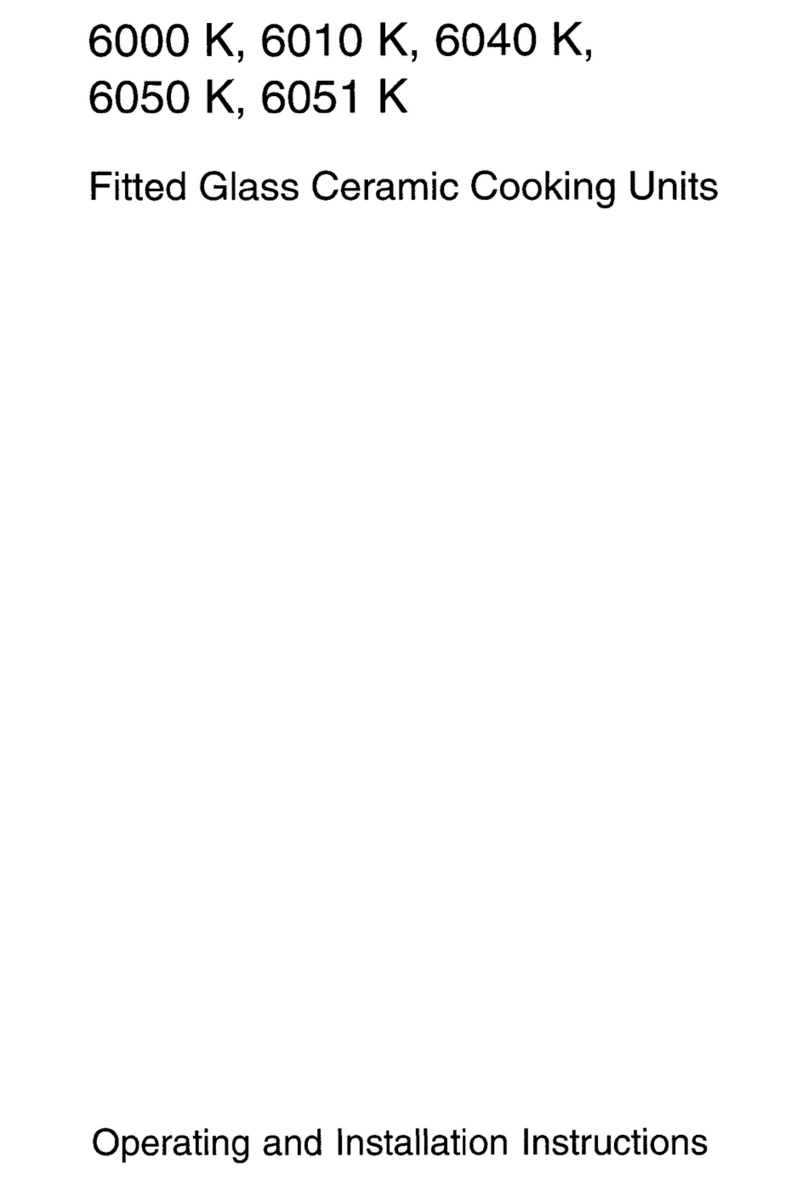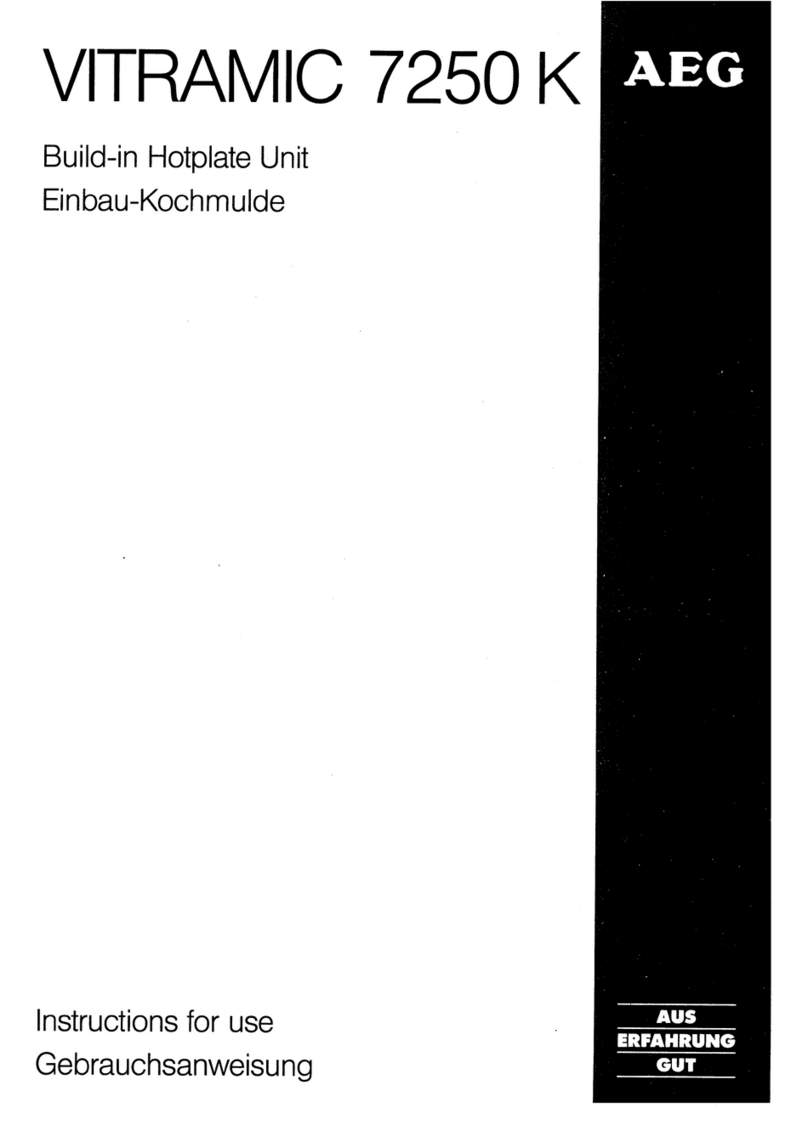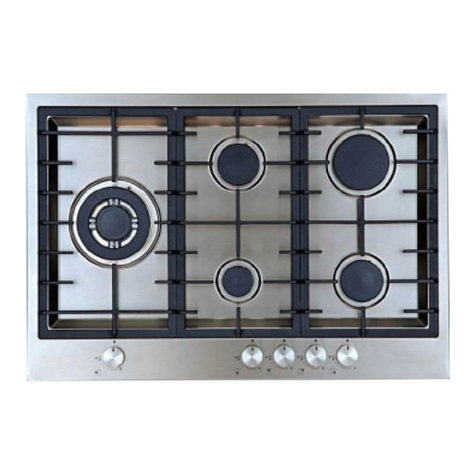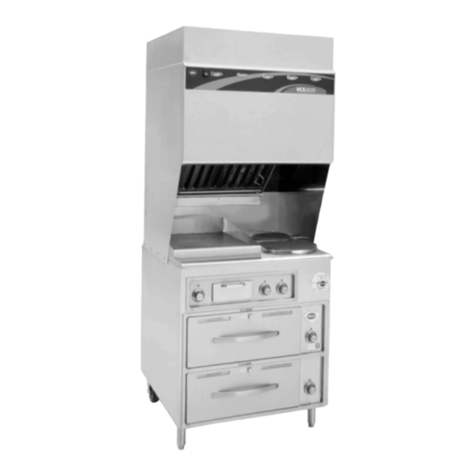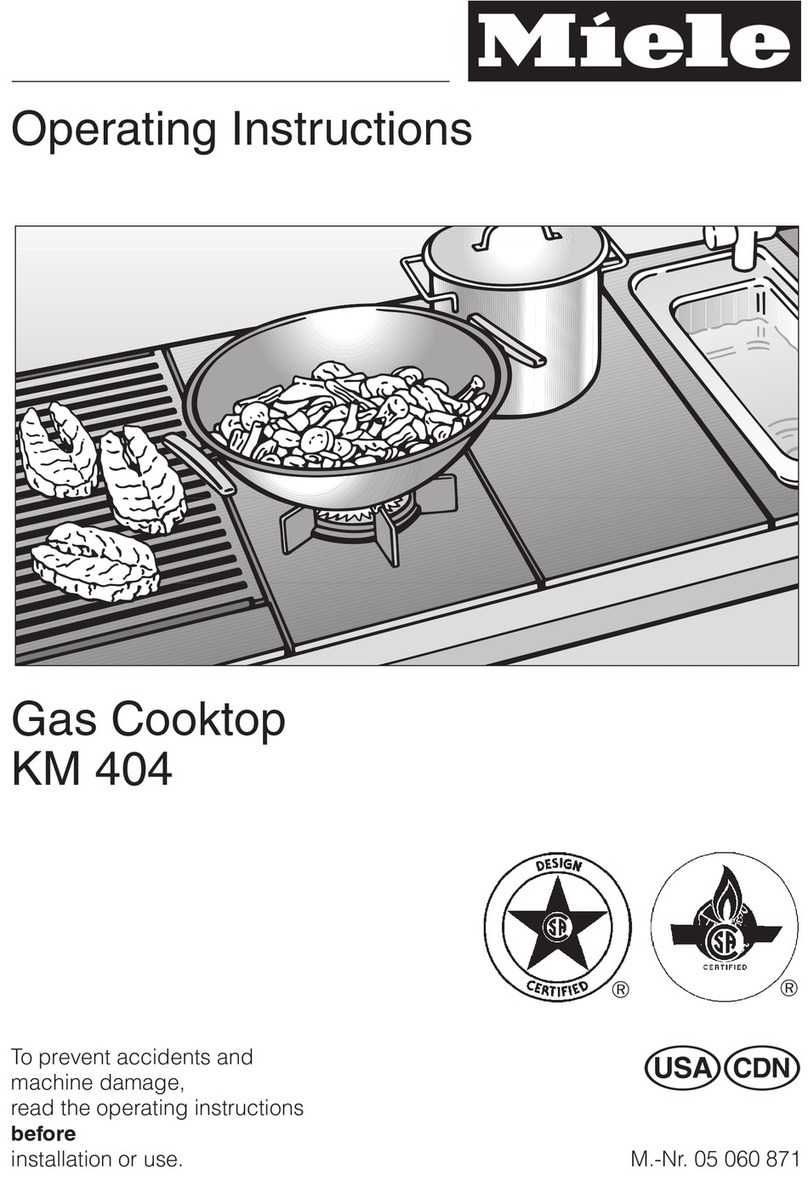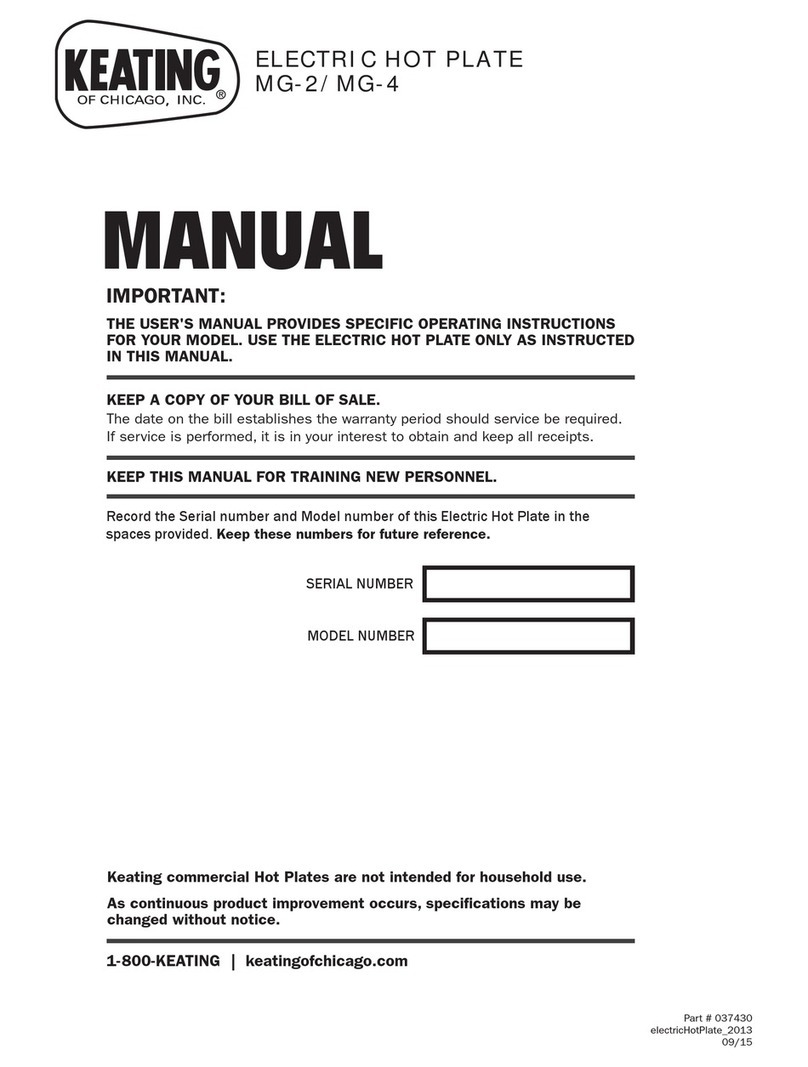AEG VITRAMIC 725K User manual
Other AEG Cooktop manuals

AEG
AEG 61100MF-an Operating instructions
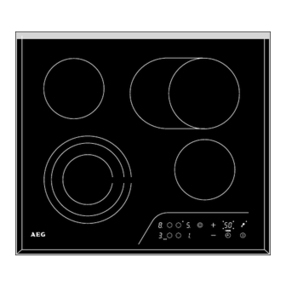
AEG
AEG 65300KF-an Operating instructions
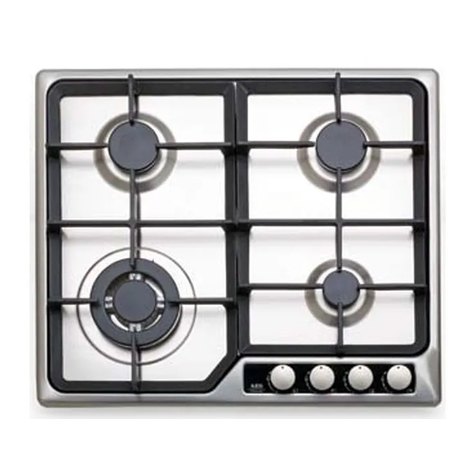
AEG
AEG A604VTGB-M User manual
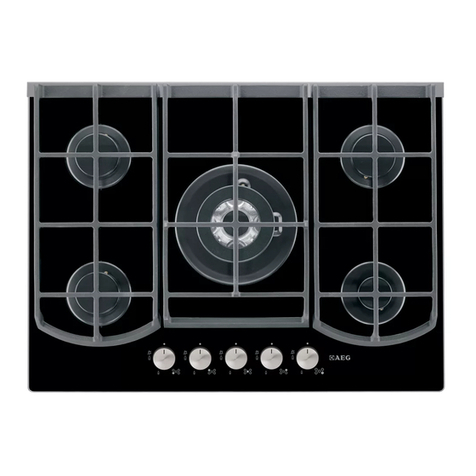
AEG
AEG HG795440NB User manual
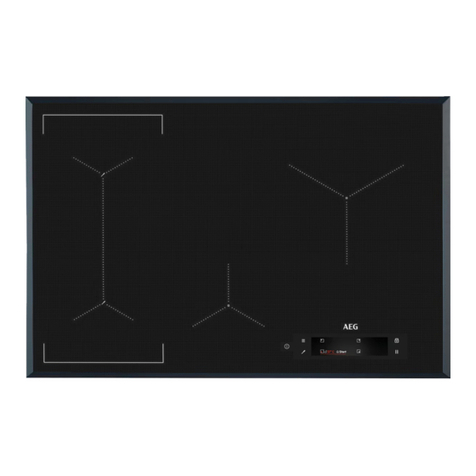
AEG
AEG IAE84881FB User manual
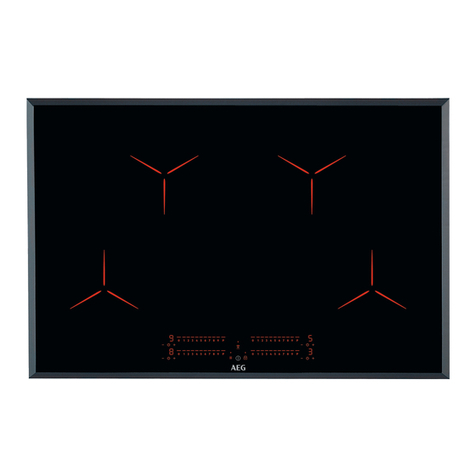
AEG
AEG IPE84531FB User manual

AEG
AEG HK854400XS User manual
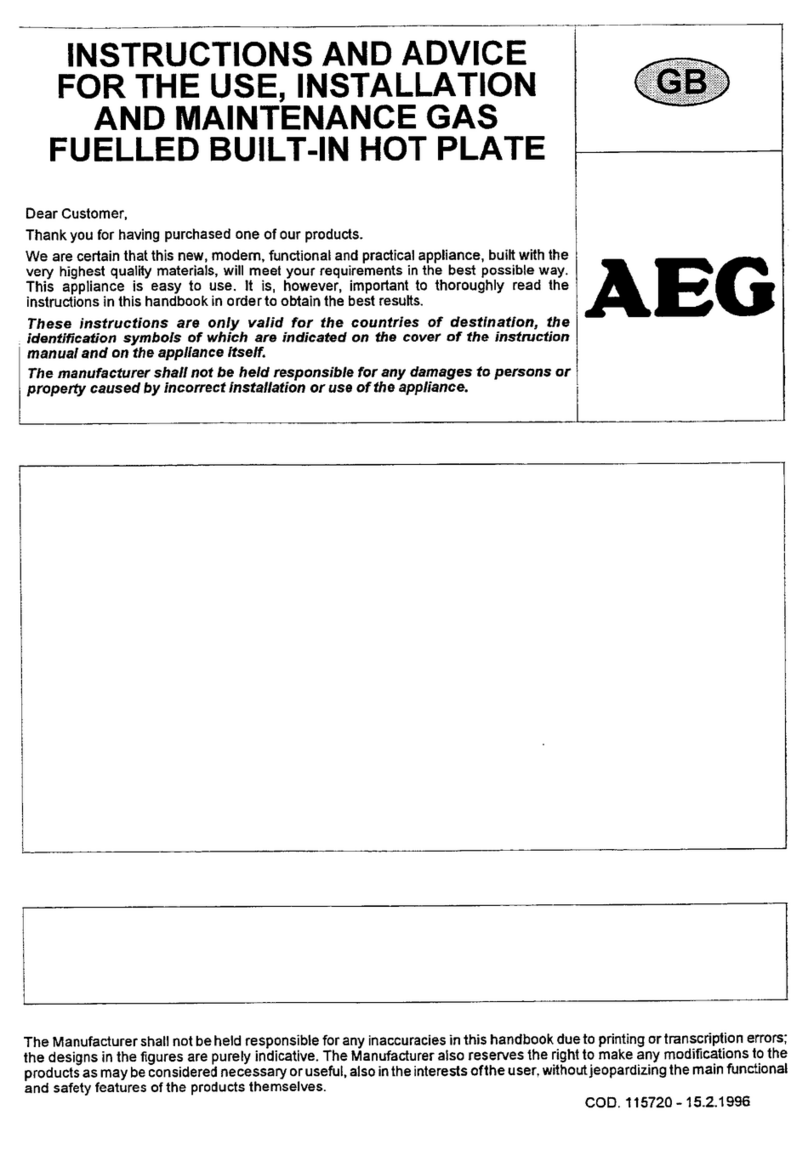
AEG
AEG 31213 G D User manual
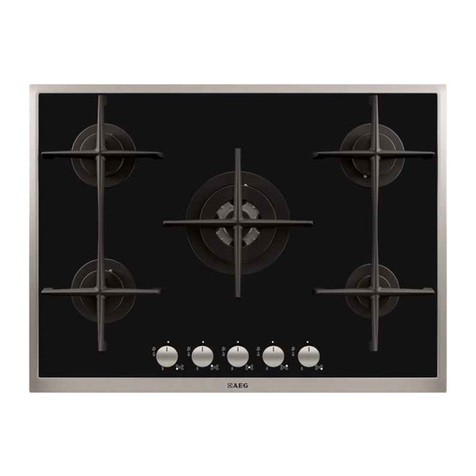
AEG
AEG HG795440XB User manual
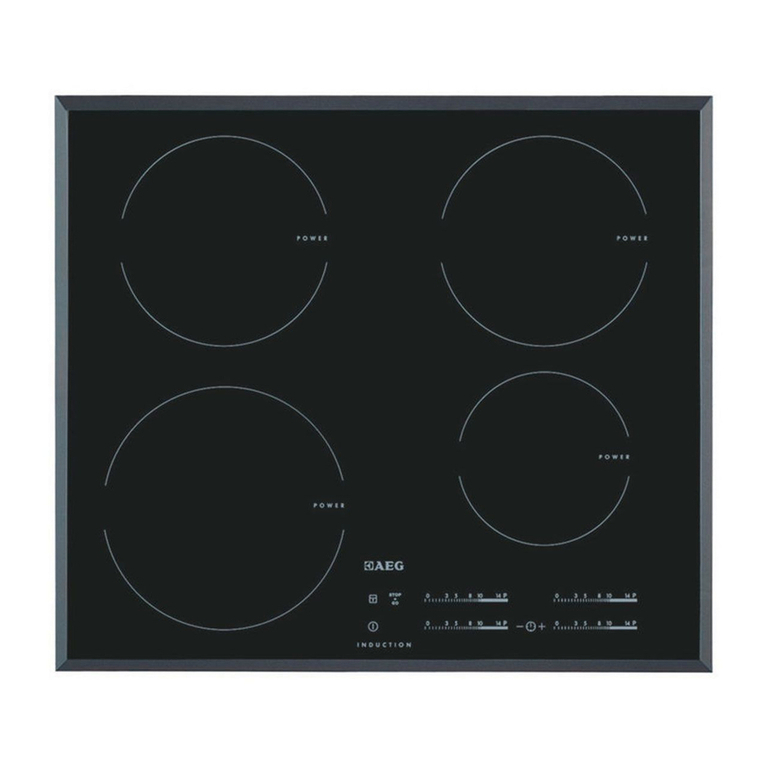
AEG
AEG HK654400XB User manual
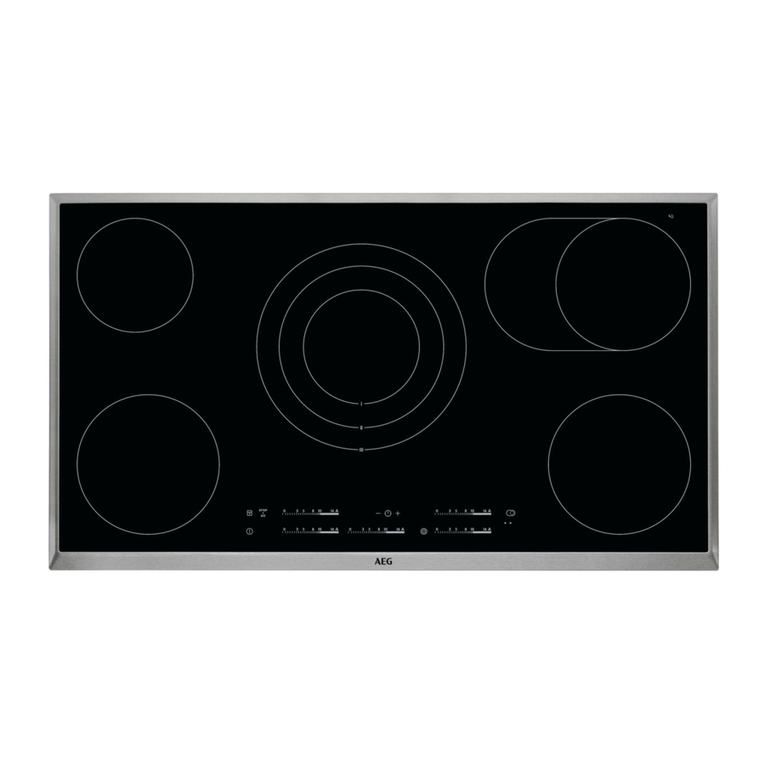
AEG
AEG HK955070XB User manual

AEG
AEG KVS 84 BZ User manual
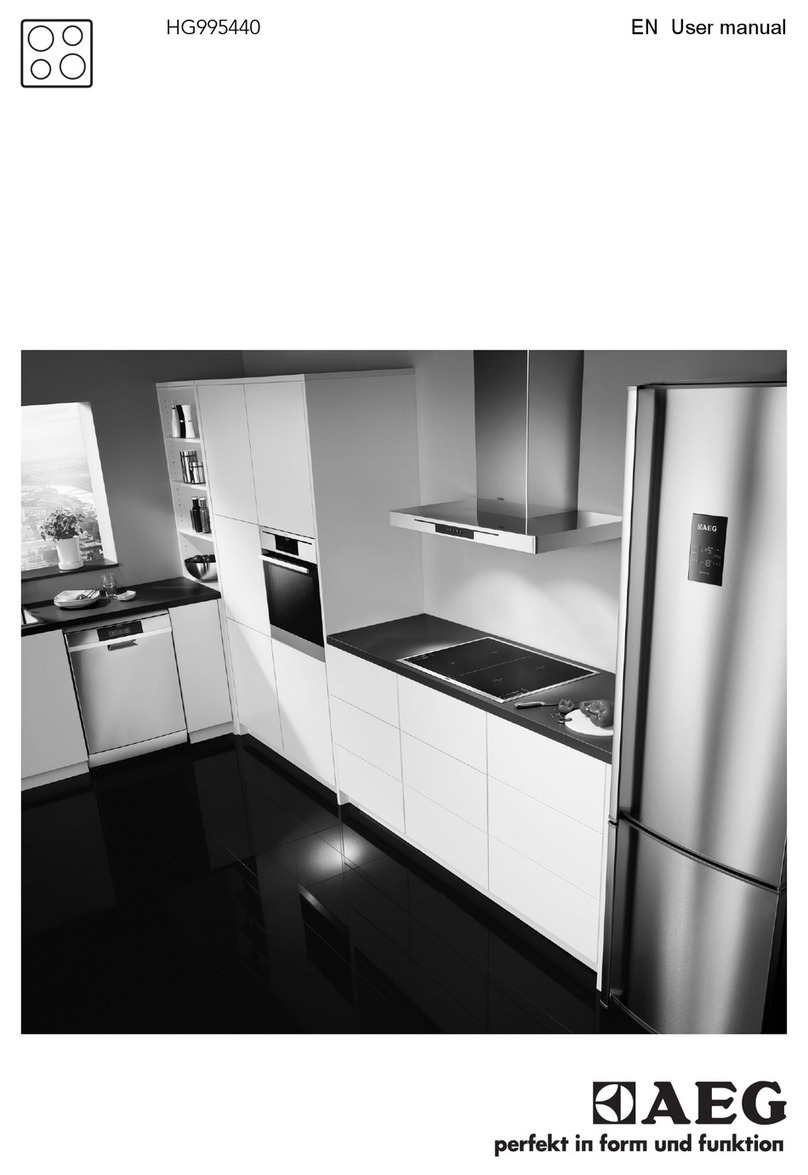
AEG
AEG HG995440 User manual
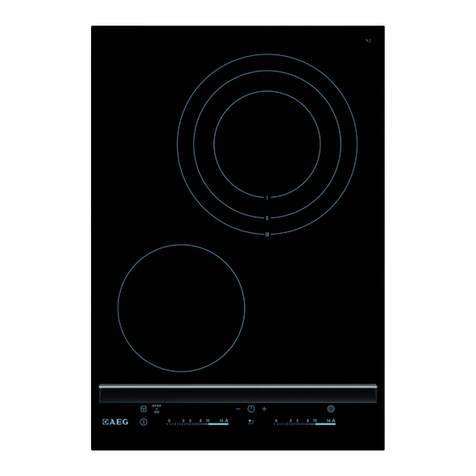
AEG
AEG HC452020EB User manual
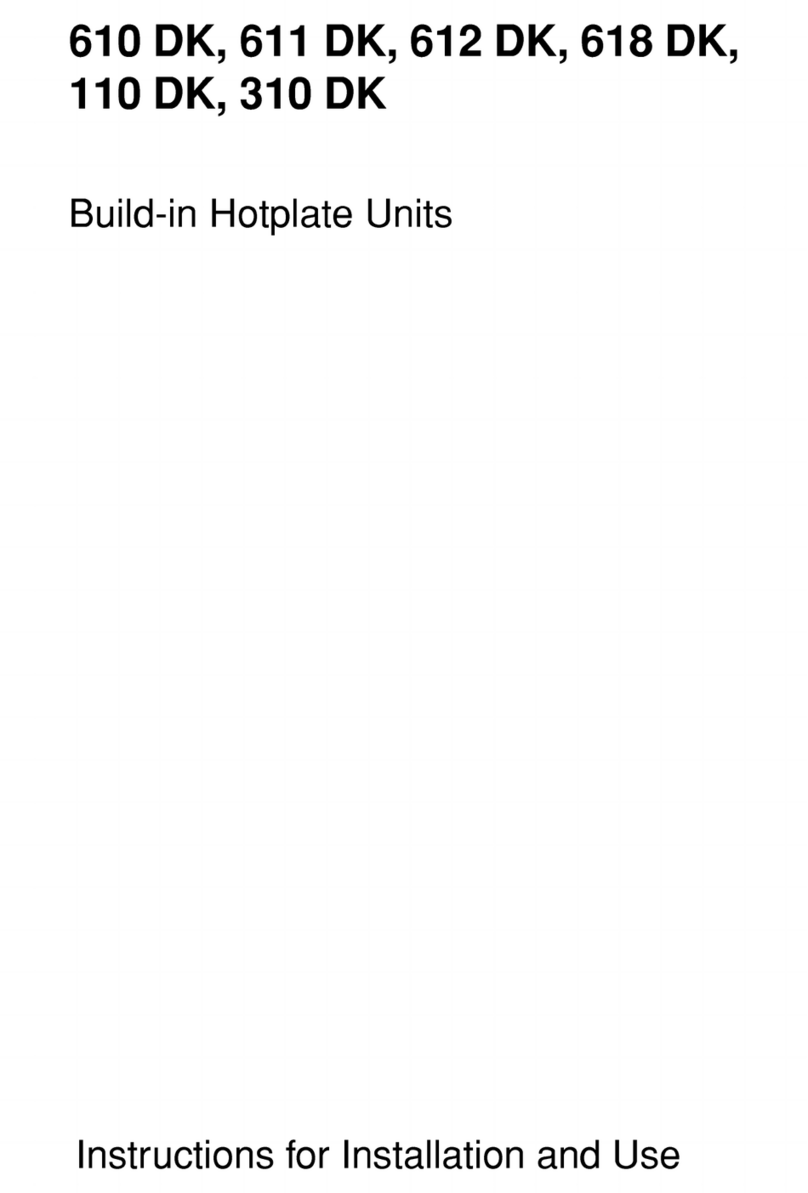
AEG
AEG 611 DK User manual
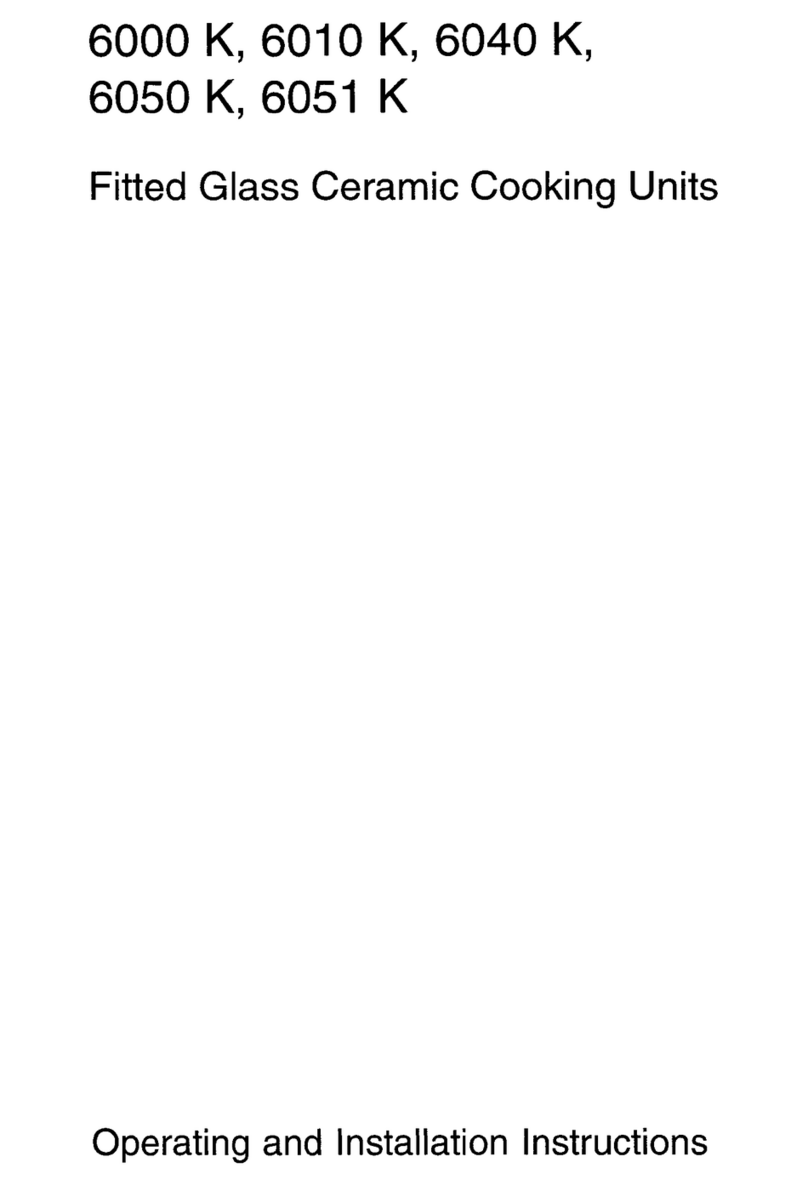
AEG
AEG 6000K User manual
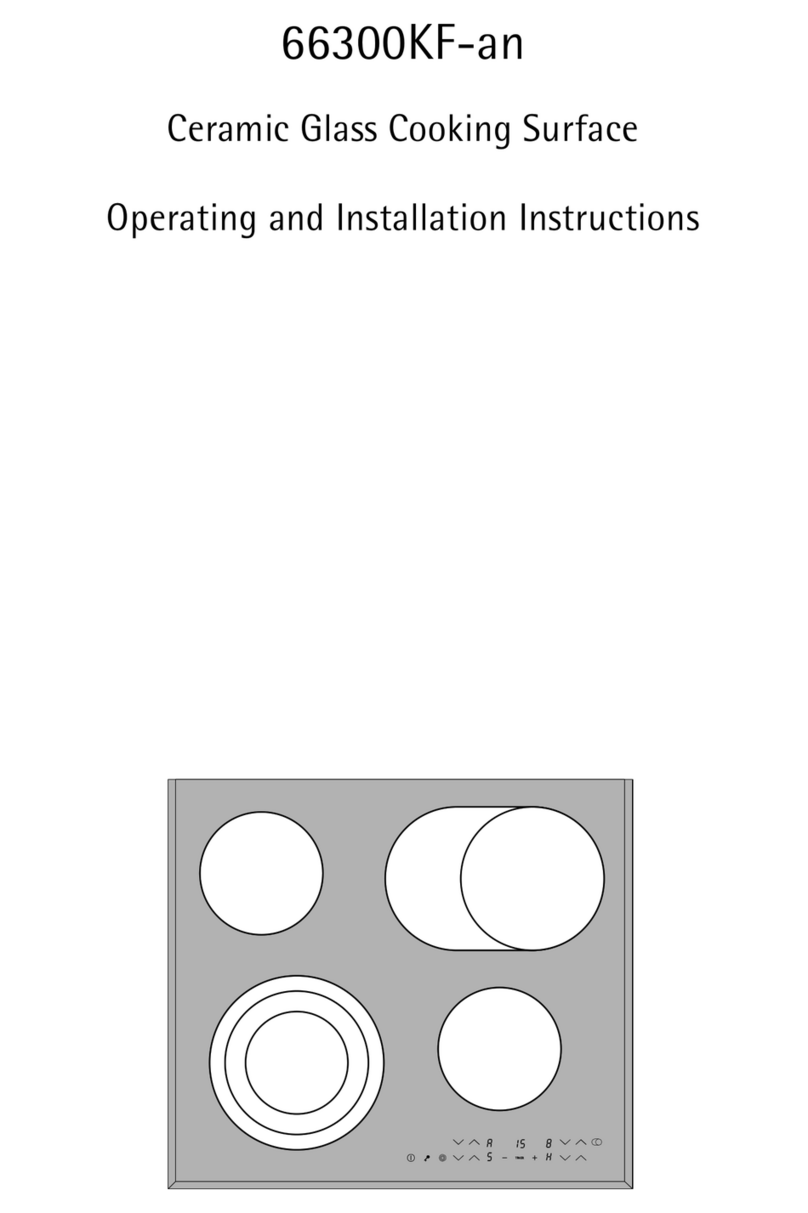
AEG
AEG 66300KF-an User manual
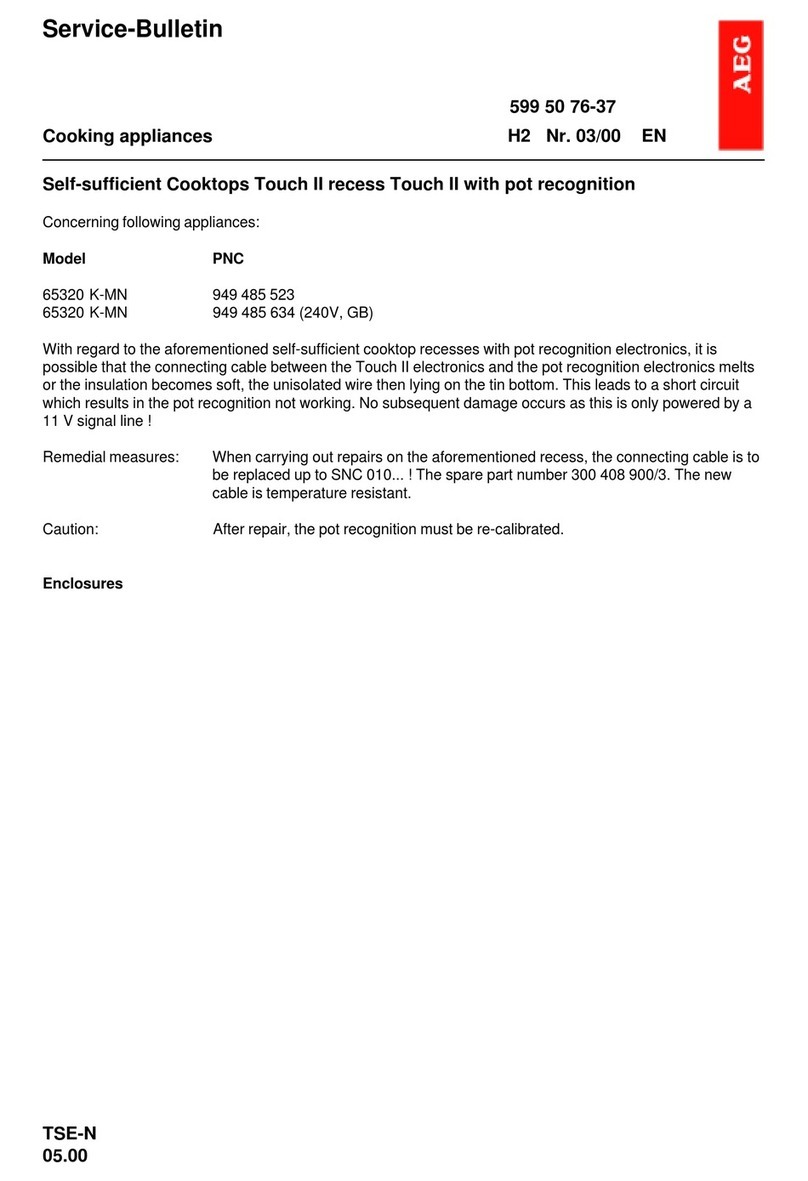
AEG
AEG Touch II 65320 K-MN Reference manual
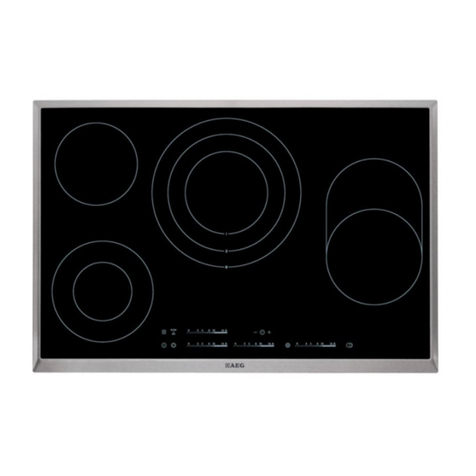
AEG
AEG 30" HK854080XB User manual

AEG
AEG 24" HK654070XB User manual
Popular Cooktop manuals by other brands

Fisher & Paykel
Fisher & Paykel CE302CBX2 manual

Whirlpool
Whirlpool GJC3634RB00 parts list
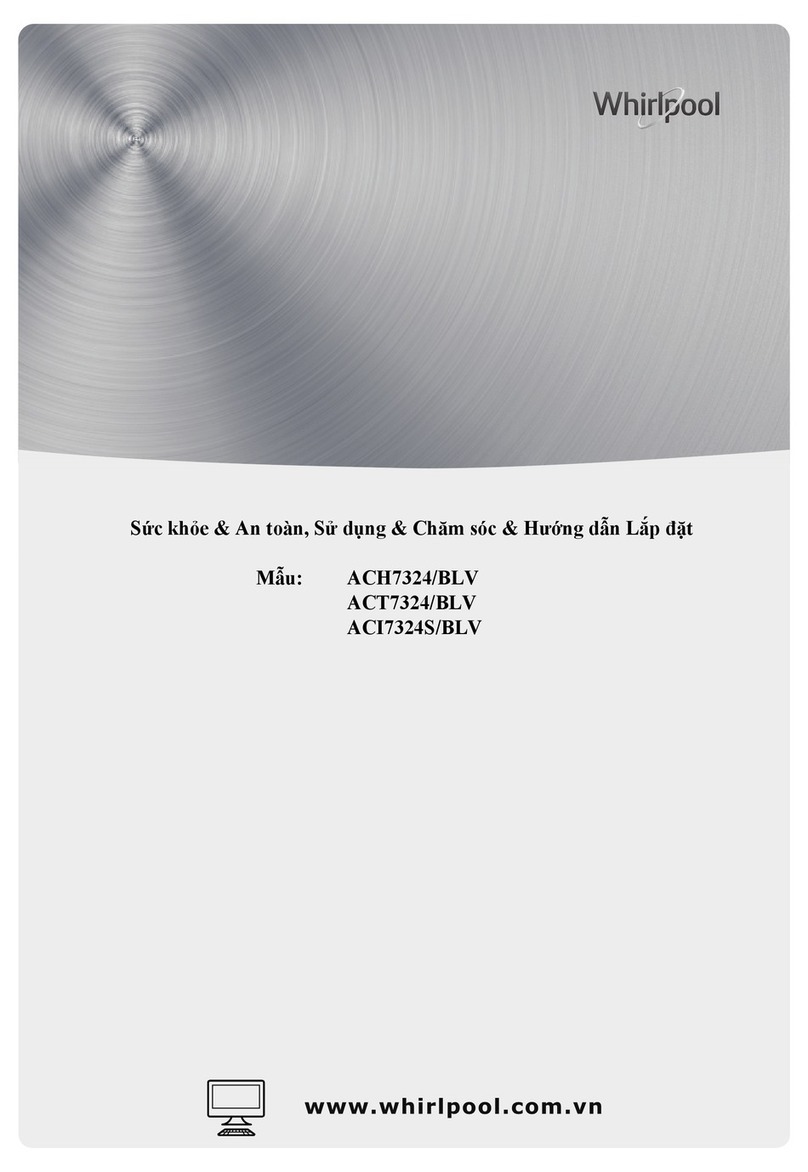
Whirlpool
Whirlpool ACH7324/BLV Use, care and installation guide
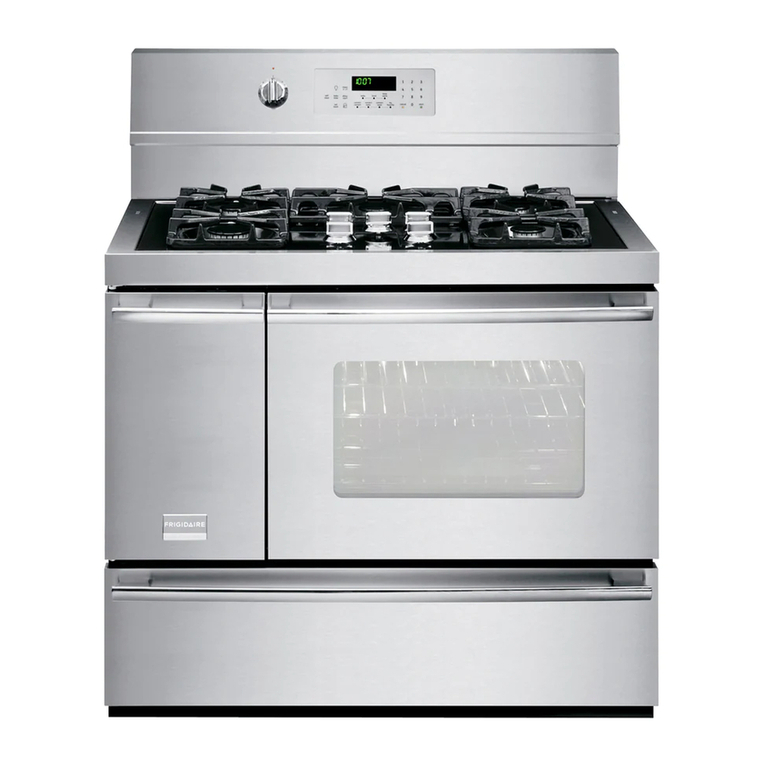
Frigidaire
Frigidaire Professional FPDF4085KF Important safety instructions

Bonnet
Bonnet OPTIMUM 700 Technical instructions
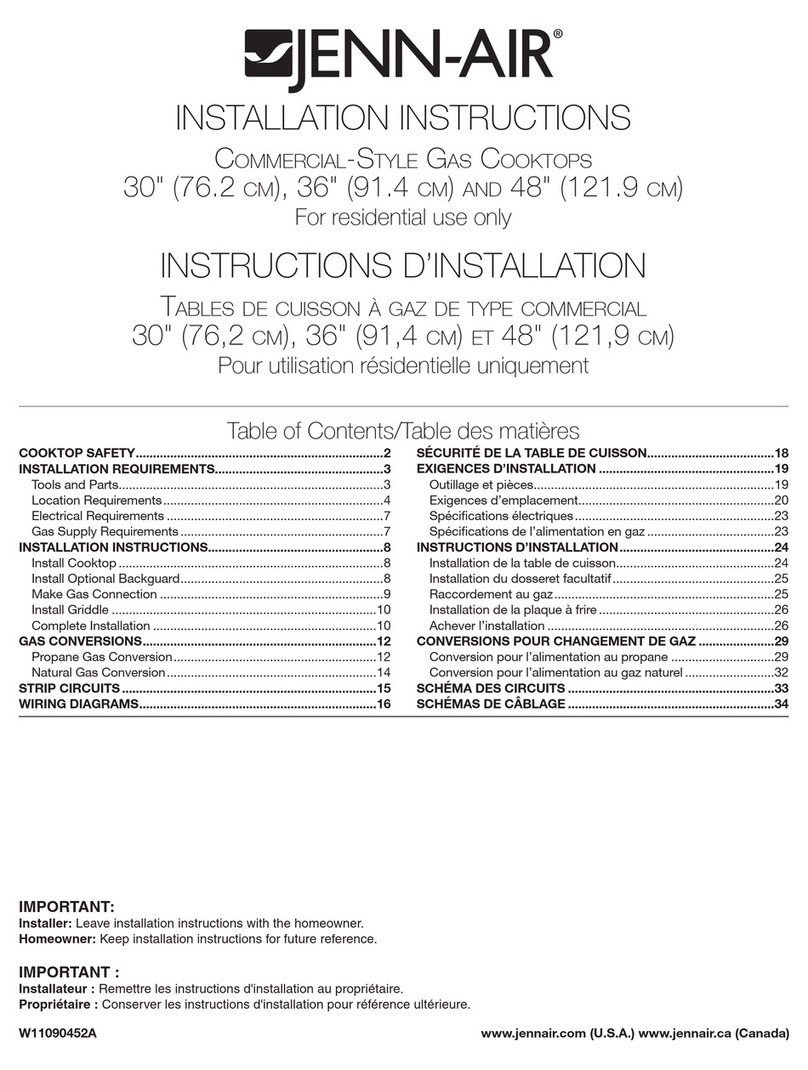
Jenn-Air
Jenn-Air JGCP430 installation instructions
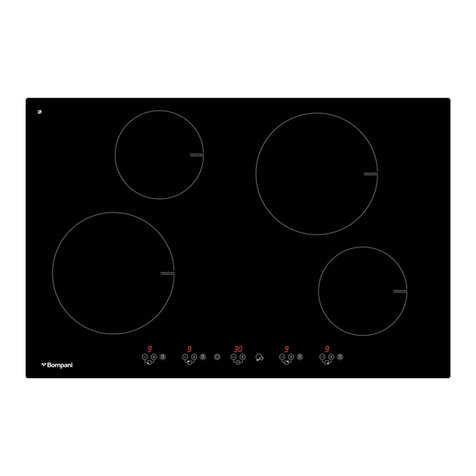
Bompani
Bompani BO374AA/E User instructions

Kleenmaid
Kleenmaid cooking GCTK9011 Instructions for use and warranty details
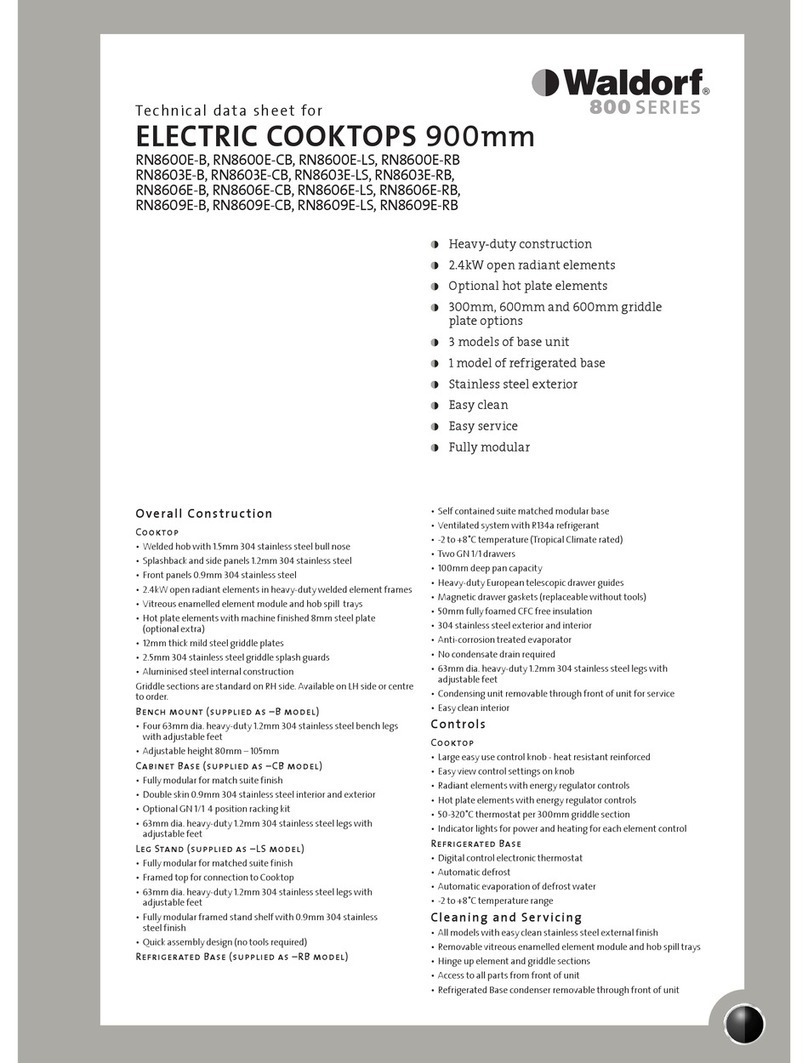
Waldorf
Waldorf RN8603E-B Technical data sheet
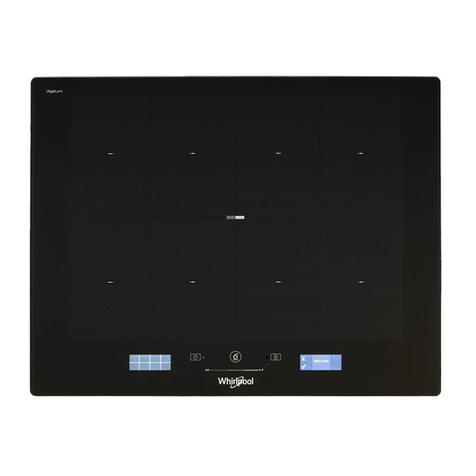
Whirlpool
Whirlpool SMP658CNEIXL quick guide

Electrolux
Electrolux E36IC80ISS - 36" Induction Cooktop Wiring diagram

Wolf
Wolf CI243C/B Use and care guide

